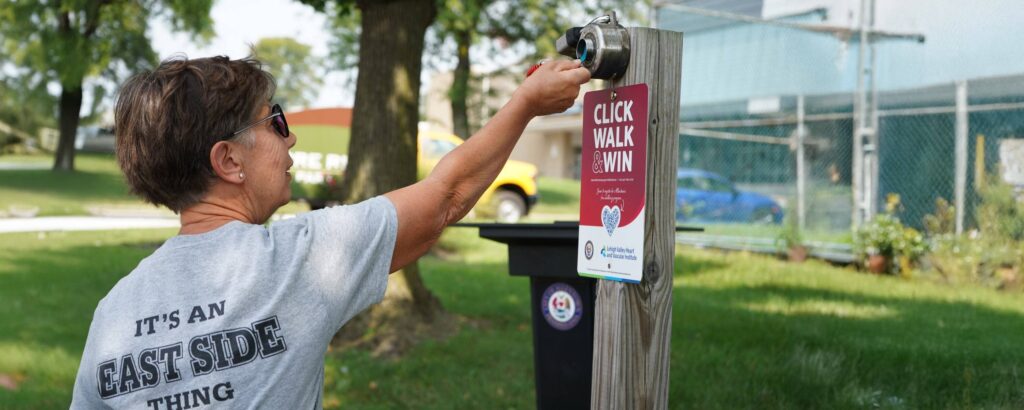Help Protect Yourself Against Lawsuits Surrounding Meals and Breaks
Offering employees meal and break times is part of the job. Employees need a chance to eat and recharge but payroll also needs to track that time. Calculating break times correctly can be a headache for employers due to differing state regulations. ExakTime not only helps workers track meals and breaks from the mobile app, but it also provides detailed reports for payroll. These reports provide a glimpse of how many breaks an employee has or hasn’t taken demonstrating compliance and helping to avoid legal issues.
Legalities Surrounding Meal and Rest Breaks
There is no set meal and rest break law that covers all employees across the country; meal and rest breaks aren’t required by the Department of Labor (DOL). But, if your company does offer breaks, you must track them accurately for Fair Labor Standards Act (FLSA) compliance. For example, according to the DOL, if your company decides to offer short rest breaks, the typical 15-minute break, the DOL considers the breaks as compensable work hours under federal law. If a break lasts anywhere from five to 20 minutes, it must be included in the total number of hours worked by the employee during the week and count towards any overtime. That said, if an employee takes longer than his or her authorized break of five to 20 minutes, any extension would be considered unauthorized and those hours don’t have to be counted. It bears noting that rest breaks cannot be offset against other types of downtime, like on-call time or waiting time.
Because meal periods (typically lasting at least 30 minutes) serve a different purpose than coffee or snack breaks, they’re not considered work time and are not compensable, i.e., the employee needs to clock out for meals. Remember that the employee must be completely relieved from duty to eat regular meals. That means the employee can’t check work emails while eating, pick up supplies or eat at their machines. For meal breaks, most construction companies have crews clock out for 30 minutes or more to eat, although the Code of Federal Regulations states special conditions may dictate a shorter meal period.
Many states have their own laws surrounding meal and rest breaks.
State Laws Around Meal and Rest Breaks
Only a handful of states have meal and break laws, but it is common practice for employers to offer paid and unpaid breaks for their employees in the states that don’t.
For example, California break laws are some of the most extensive in the country. If an employee works more than 5 hours per day (unless the shift is only 6 hours or less) they are required to have a half-hour meal break. This break can be waived if both the employer and employee consent to it. Employers must also count an on-duty meal period as time worked if the nature of the work prevents a clocked-out lunch break. For this to occur, a written agreement between parties must exist. If an employee works more than 10 hours per day (but not more than 12 hours), the employee gets a second 30-minute meal break.
Other states that have meal and rest break laws on the books include Colorado, Connecticut, Delaware, Illinois, Kentucky, Maine, Maryland, Massachusetts, Minnesota, Nebraska, Nevada, New Hampshire, New York, North Dakota, Oregon, Rhode Island, Tennessee, Vermont, Washington and West Virginia. Check out this ExakTime blog for a complete breakdown of each of these states’ laws.
Maintaining Compliance, No Matter Your State
No matter if your state has set statutes for break laws, every employer needs to comply with the FLSA and pay employees for time worked. If you’re tracking your employees’ hours on paper, you’re setting your company up for mistakes and possibly stiff penalties.
The Fair Labor Standards Act (FLSA) requires that employers pay non-exempt employees for all hours worked, which may include rest breaks or meal breaks where the employee works, even if extra time results in overtime. This means it is imperative companies implement policies to prevent employees from working during unpaid meal or lunch periods, such as requiring employees to eat lunch away from their workspace, to ensure they will not be held responsible for paying employees during that time. Using a time clock app is another way to ensure employees are paid for time worked.
How ExakTime Helps Accurately Manage Meals and Breaks
All ExakTime mobile users have the ability to clock in and out on their mobile devices, making it easy to clock out for meals and back in to resume work. But it also comes with an enhanced “Meal Break” feature that allows employees to classify the log out as a meal break. This option adds a “Meal Break” button right below the Go and Stop buttons on their time clock screens. The Meal Break feature tracks the classification and provides reports for admins.
The report offers data that includes:
- Expected breaks for the employee to take
- The meal breaks actually taken
- Any short meal breaks
- The number of missed meal breaks
This report will not show the duration of a meal break or “meal breaks” taken through other means such as gaps in employee hours from manually clocking out and back in after lunch.
This type of data is invaluable for compliance as it provides proof you’re providing your employees with the required breaks. This type of robust reporting is something that you just can’t get using paper time cards and spreadsheets.
Contact us today to find out how to get started with ExakTime for more accurate and compliant time tracking.


